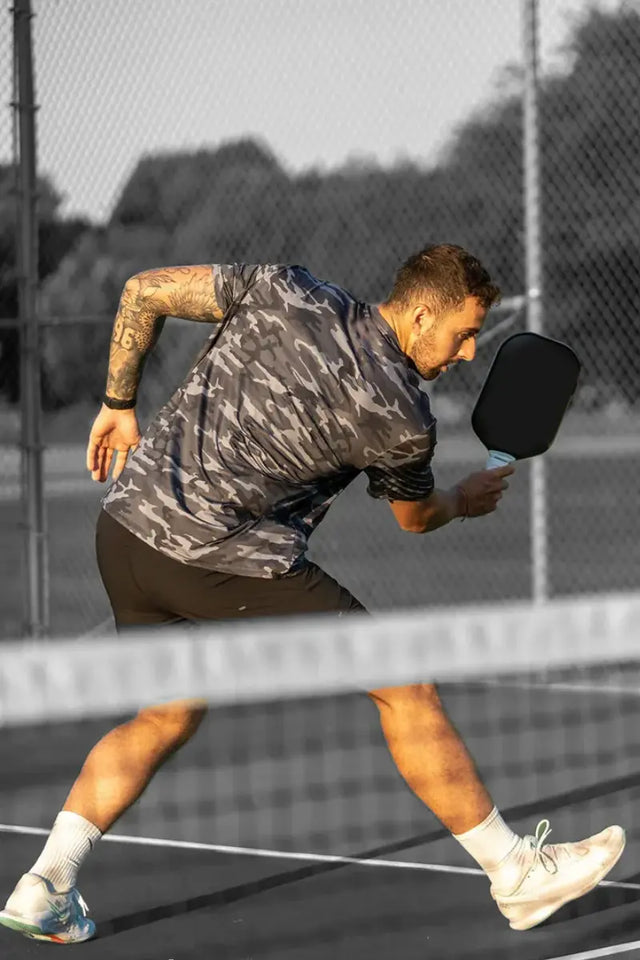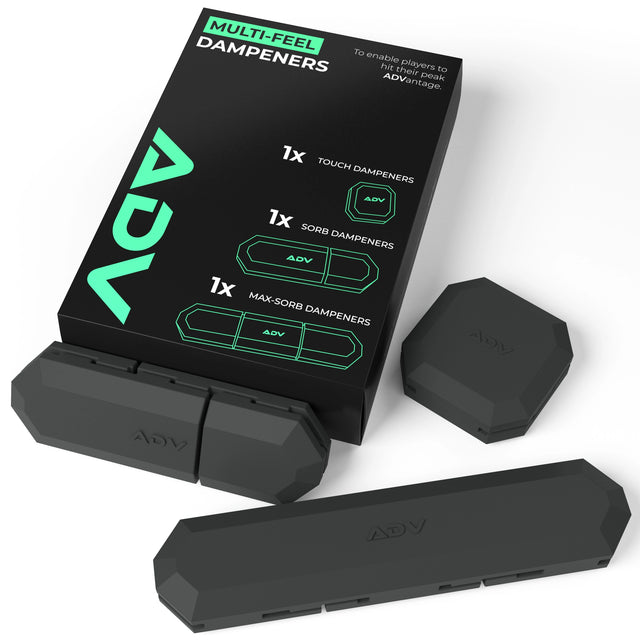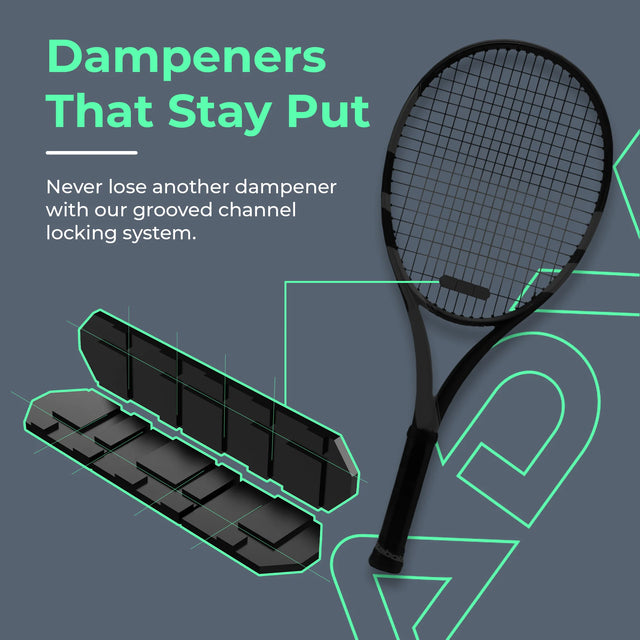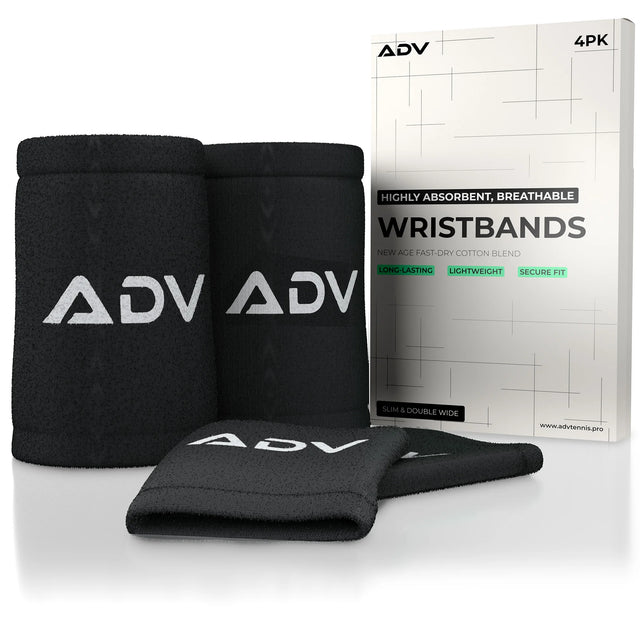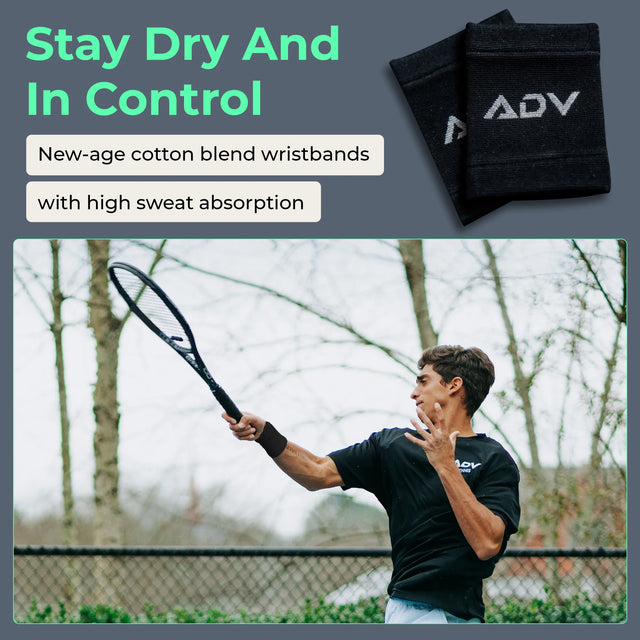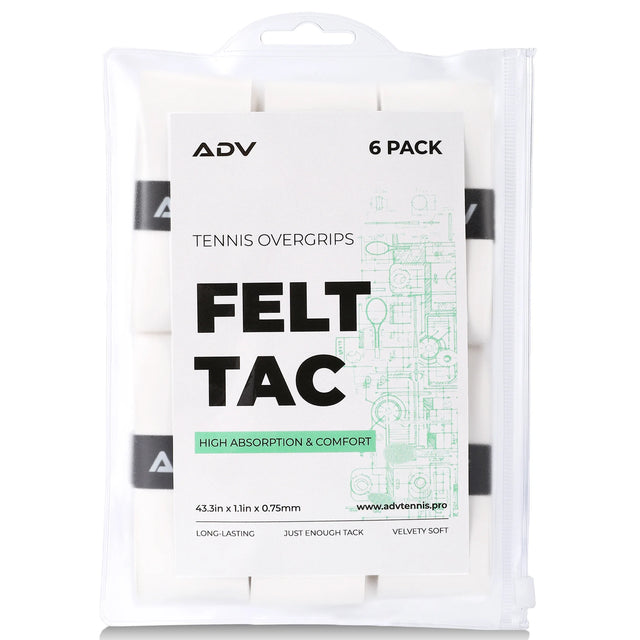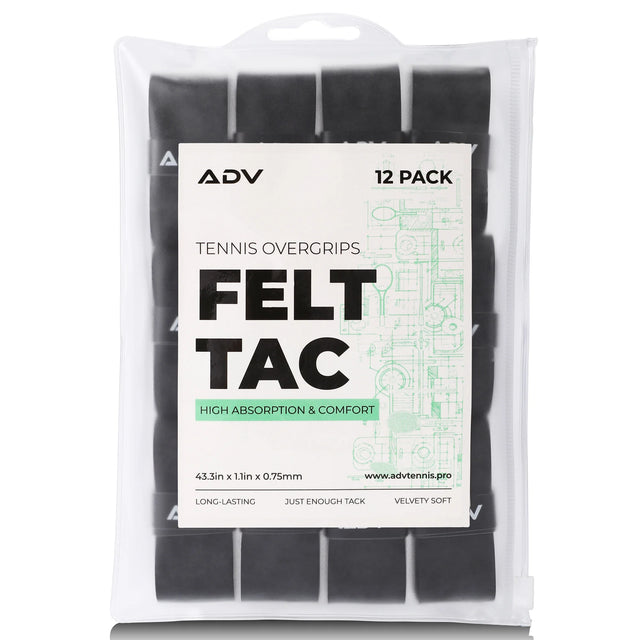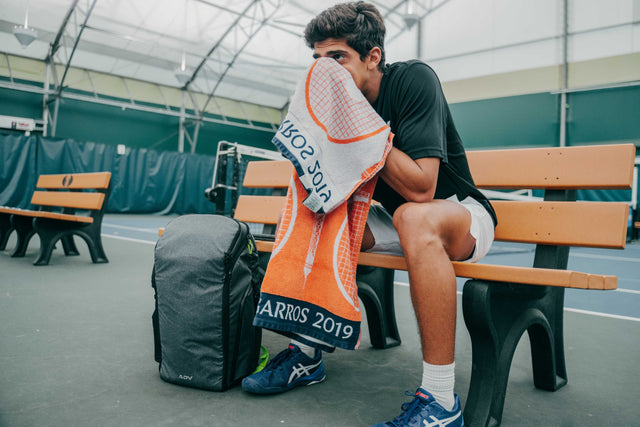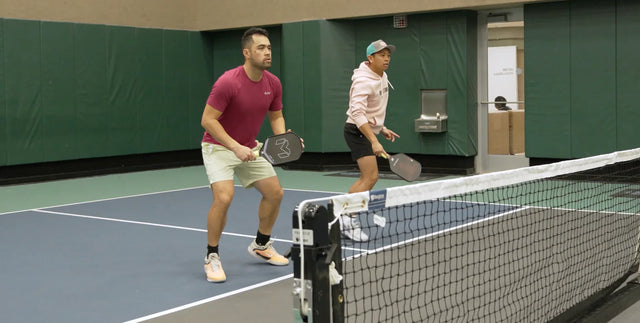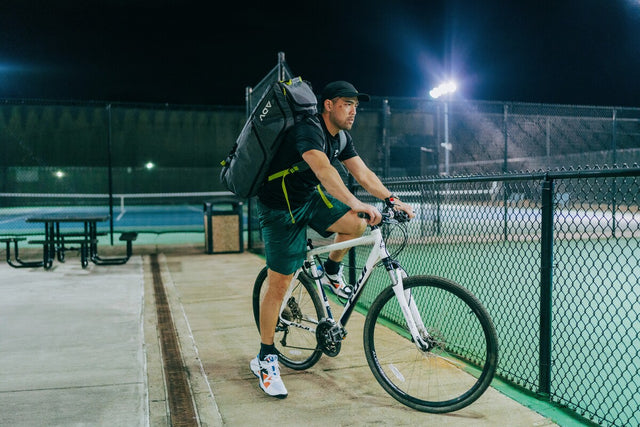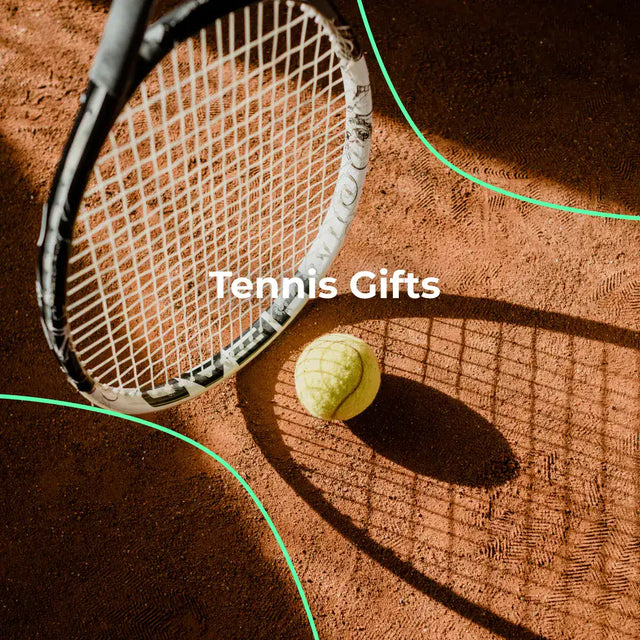Pickleball Gear Guide: Must-Have Items For Every Player
To excel in pickleball, equipping yourself with the right gear is as crucial as mastering the game's rules. Appropriate pickleball apparel and equipment enhance your comfort, improve your performance, and reduce the risk of injuries. For instance, the right shoes can prevent slips on the court, while a well-chosen paddle can improve your swing accuracy. Understanding what makes up essential pickleball gear can transform your playing experience from frustrating to fulfilling.
Gear for Beginners vs. Advanced Players
When selecting pickleball gear, it’s important to recognize that the needs of beginners often differ significantly from those of advanced players. Beginners benefit most from lightweight gear, helping new players build confidence and consistency. In contrast, advanced players typically seek high-performance materials such as carbon fiber or graphite, which offer greater power, spin control, and responsiveness. Advanced players may also invest in specialized gear designed for tournament play. As your skills progress, upgrading your gear can help unlock new levels of performance and enjoyment on the court.
The Perfect Pickleball Bag or Backpack
Importance of a Spacious and Organized Bag
A well-organized bag is essential for both casual players and competitive athletes. A spacious bag allows you to carry all your essential pickleball gear, including paddles, balls, and apparel, without any hassle. The right bag can significantly impact your comfort and efficiency before and after games. It should have enough compartments to segregate clean clothes from sweaty ones, as well as pockets for smaller items.
Key Features to Look For
When choosing a pickleball backpack, look for features that enhance comfort and functionality. Adjustable straps are a must for a custom fit, reducing the strain on your shoulders. Waterproof compartments are ideal for storing wet clothes or shoes, and insulated sections can keep drinks cool on hot days. Consider a backpack with a sturdy frame and durable materials to withstand regular use. Padded sections for paddles and a secure pocket for personal items can also greatly enhance convenience and security.

How to Organize Your Bag
Place frequently used items like paddles and balls in easily accessible pockets. Use dedicated compartments for clothing and shoes to keep them away from cleaner items. It’s also helpful to have a small, detachable bag for essentials like your wallet and phone, which you can quickly take with you during short breaks. Labeling each compartment can further streamline your process, ensuring that everything has its place.
Characteristics of Pickleball Balls: Indoor vs. Outdoor
Pickleball balls differ for indoor and outdoor play. Indoor balls are lighter with larger holes for controlled bounce, while outdoor balls are heavier with smaller holes to handle wind and rougher surfaces. Choose balls with consistent bounce and durability, as the right ball significantly affects speed, control, and overall gameplay experience.
Choosing the Right Pickleball Paddle
Types of Paddles
It's important to consider the variety of pickleball paddles available to suit different skill levels, which can greatly affect gameplay and improvement. This ensures optimal performance and can significantly enhance your gameplay and learning curve.
-
Beginner Paddles: Designed for those new to the sport, beginner paddles are typically lighter in weight, making them easier to handle and maneuver. This reduced weight helps prevent arm fatigue, allowing new players to enjoy longer sessions without discomfort. These paddles often feature a larger sweet spot, the area of the paddle that provides the most effective and controlled contact with the ball. A larger sweet spot reduces the precision required to hit effective shots, thus encouraging novices by increasing the likelihood of striking the ball well, even with off-center hits.
-
Intermediate Paddles: As players develop their skills, intermediate paddles provide a balanced approach to weight and control. These paddles are heavier than beginner models but are designed to offer a good mix of power and control. This balance helps players who have a basic understanding of game tactics and shot execution to refine their skills. The weight supports better drive behind the ball for stronger shots, while the control aspect allows for more tactical placements and spin, enhancing the game's strategic elements.
-
Advanced Paddles: Advanced paddles are heavier, which aids in delivering powerful shots with less effort. They typically have a smaller sweet spot, which demands greater accuracy from the player. This characteristic suits players who are confident in their ability to hit precise shots consistently. The smaller sweet spot also allows for finer control over the ball, enabling advanced techniques and spins that can be crucial during high-level matches.
As you advance from beginner to intermediate and then to advanced levels, upgrading your paddle accordingly can lead to significant improvements in your gameplay, making the sport more enjoyable and competitive.
The Importance of Paddle Grip Comfort
A comfortable grip on a pickleball paddle is crucial for effective play. A grip that is too large can cause hand fatigue, while one that is too small can lead to a lack of control and an increased risk of slipping. It’s important to select a grip size that fits your hand comfortably. The quality of the pickleball grip tape can also enhance grip comfort and control. During extended matches, a well-wrapped grip can help you stay cool, avoid blisters, and feel better holding the paddle in your hand.
Maintenance and Care of Equipment
One must know how to properly maintain and care for pickleball gear to extend its lifespan, including cleaning, storage, and when to replace equipment. Regular inspection is a critical first step in this maintenance routine. Before and after each use, examine your paddle for any visible signs of wear such as cracks, dents, or edge damage. These defects can compromise the structural integrity and can drastically affect its performance by altering its weight, balance, and uniformity of the surface, which in turn can impact shot accuracy and power. Such damages often start as minor issues but can escalate quickly if left unaddressed, requiring repair or replacement sooner than expected.
Regularly cleaning the paddle is another vital part of its care. After playing, especially in dusty or dirty conditions, wipe down the paddle with a mild soap-and-water solution. This removes grime, sweat, and other particulates that can accumulate on the surface and potentially degrade the material over time. Ensure the cleaning agent is gentle and non-abrasive to avoid damaging the paddle's surface. Rinse with clean water and dry with a soft towel to prevent water spots and the buildup of minerals, which could impact the paddle's texture and grip. Avoid using very hot water, as it can warp the paddle's material, especially if it is made of a composite material sensitive to high temperatures.
Pickleball Grip Tape and Overgrip Essentials
Enhances Control and Comfort
The application of pickleball overgrip tape is more than just a routine; it's a critical enhancement that can drastically improve the handling and performance of your paddle. It increases the handle's thickness, providing a softer, more absorbent surface that reduces impact on your hands and prevents slipping from sweat. This ensures a firmer grip and better control over the paddle, allowing for more precise shots and less strain on your hands during fast-paced play. Players who use quality overgrips can often play longer and more comfortably, as they help to mitigate fatigue and the risk of blisters.
How to Apply Correctly
Applying pickleball tape properly is essential to maximizing the benefits it offers in terms of comfort and control. Here’s a detailed step-by-step guide to ensure your grip tape is applied perfectly every time:
-
Clean the Handle: The handle must be completely clean and dry before applying the new grip tape. Any residue or dirt left on the handle can prevent the tape from adhering properly, reducing its effectiveness and durability. Remove any old grip tape using a blade or scraper, and clean off the leftover adhesive with alcohol or a specialized grip cleaner. This step ensures a smooth surface that allows the new tape to bond firmly.
-
Start at the Base: Begin the application process at the very bottom of the handle. It's crucial to start here to ensure the entire handle is covered without any gaps. Make sure the tape overlaps slightly over the base of the handle. This initial overlap is key as it secures the starting edge of the tape, preventing it from unraveling during use. Press firmly as you start wrapping to make a tight, secure base for the layers that follow.
-
Wrap Tightly: Carefully wrap the tape around the handle in a spiral motion, pulling the tape tight as you go. Each wrap should overlap the previous layer by about 1/8 of an inch. This overlap is necessary to create a uniform layer of grip without bulges or gaps. Tightly wrapping the tape ensures that it adheres strongly to the handle and maintains its position even during aggressive play.
-
Smooth as You Go: As you wrap the tape, make it a point to smooth out each layer. This helps eliminate any potential air bubbles or wrinkles, which can compromise both the feel and durability of the grip tape. Smoothing out the tape as you wrap not only enhances the grip’s feel but also extends its lifespan by preventing peeling and wear at the edges.
-
Finish at the Top: Once you reach the top of the handle, cut the tape cleanly and secure the end with a special piece of finishing tape. This final step is crucial as it prevents the end of the grip tape from peeling away during use, which can lead to premature wear and the need for replacement. The finishing tape should be wrapped tightly and smoothly for a clean, professional finish.
This process not only ensures that the tape adheres securely but also maximizes the grip’s effectiveness and durability. Whether you’re a novice or a seasoned player, taking the time to apply your grip tape with care can make a significant difference in your playing comfort and control.

The Right Grip Wrap for Your Style
Selecting the appropriate pickleball grip wrap can be as personal as choosing the paddle itself. Consider the thickness and material of the grip tape. Thicker grips provide more cushion and absorption, ideal for players who prioritize comfort or have larger hands. Thinner grips offer more direct feedback from the paddle, which might be preferred by players who value precision and control. The material of the grip also matters; options range from tacky polyurethane for maximum stickiness to soft, absorbent cotton for sweat management.
When and How to Replace
Look for signs of wear such as fraying, smoothness where there was once texture, or decreased tackiness. Replacing the grip tape when it shows significant wear can prevent slipping and loss of control during crucial moments in a game. Always have spare grip tape in your pickleball racquet bag for quick changes, ensuring you’re never at a disadvantage due to worn-out equipment.
Must-Have Pickleball Accessories
High-Performance Pickleball Balls
High-quality balls are specifically designed to withstand the rigors of frequent play, both indoors and outdoors. Look for durable balls with a consistent bounce and hardiness that resists cracking and warping under various weather conditions. Balls that meet official specifications for size and weight will ensure that your practice sessions and matches mirror tournament conditions, enhancing your overall game preparation.
Benefits of Using Wristbands
Pickleball wristbands serve an essential function beyond their simple appearance. These accessories help manage sweat, which can impact grip and comfort during intense games. By absorbing sweat before it reaches your hands, wristbands reduce the risk of your paddle slipping at critical moments. Furthermore, wristbands can help wipe sweat from your forehead, maintaining clear vision and focus during play, making them a small but vital component of your pickleball gear.
Essential Hydration
Staying hydrated and managing sweat is key to maintaining peak performance in pickleball. Carrying a water bottle ensures that you can hydrate as needed during games and practices, which is vital for endurance and concentration. Equally important is having a towel handy, not only for drying off sweat but also for keeping your hands and paddle dry. This practice helps maintain a firm grip, ensuring that each swing is as effective as possible.
Nets and Court Setup
Setting up a pickleball court requires the right equipment and attention to detail to ensure a safe and enjoyable playing experience. Whether you're creating a temporary court in your driveway or outfitting a permanent space, understanding the essentials will help you get started quickly and play with confidence.
-
Regulation Pickleball Net: A standard pickleball net is 22 feet wide and 36 inches high at the sidelines, with a center height of 34 inches. Choose a durable, portable net system for temporary setups or a permanent net for dedicated courts. Ensure the net is taut and stable during play.
-
Court Dimensions and Markings: The official pickleball court measures 20 feet wide by 44 feet long, the same for singles and doubles play. Use court marker kits, chalk, or tape to outline boundaries if a permanent court isn’t available. Accurate markings are essential for fair and consistent gameplay.
-
Flat, Obstacle-Free Playing Surface: Select a level surface free from cracks, debris, or tripping hazards. Common options include gym floors, tennis courts, or smooth driveways. Adequate space around the court’s perimeter allows for safe movement and minimizes the risk of injury during active play.
-
Proper Lighting and Environment: Good lighting is crucial for visibility, especially for evening or indoor games. If outdoors, ensure the area is free of overhanging branches or obstructions. Consider wind and weather conditions, as these can impact net stability and overall playing comfort.
With the right net, accurate court dimensions, a safe surface, and proper lighting, you can create an ideal pickleball environment almost anywhere. Thoughtful setup not only promotes enjoyable matches but also ensures safety and consistency for all players.
Apparel and Footwear Tailored for Pickleball
Breathable Fabrics
Choosing the right pickleball apparel involves selecting garments made from breathable fabrics that enhance comfort and performance on the court. These materials help regulate body temperature by allowing air to circulate and moisture to evaporate quickly, which is crucial during intense play. To stay dry and comfortable during your game, look for clothing with moisture-wicking technology, which draws perspiration away from the body. Such clothing not only improves physical comfort but also boosts confidence and mobility.
Footwear for Agility
Good pickleball shoes provide the necessary support and cushioning needed to navigate the court effectively. These shoes should offer excellent traction to prevent slips and falls, especially on different playing surfaces. It's also important that they have a flexible, yet stable, build to accommodate quick lateral movements and sudden stops, all while protecting your feet and joints from the impact associated with the sport.

Protective Gear
Including a dedicated paragraph on protective gear will strengthen your guide by addressing player safety, an area that top competitors cover and readers value. This section should discuss the types of protective gear available for pickleball, such as eyewear to prevent eye injuries, knee braces for joint support, and wrist guards to reduce the risk of sprains. Emphasize why these accessories are important, even in a low-impact sport like pickleball, especially during fast-paced or competitive play. Offer practical considerations for choosing the right gear, such as comfort, fit, and how well the equipment allows for natural movement.
Buying Tips and Common Mistakes
When purchasing pickleball gear, it’s important to focus on quality, comfort, and suitability for your playing style rather than simply choosing the cheapest or most popular option. Set a realistic budget and prioritize essential items like a well-balanced paddle and supportive court shoes. Try out different paddle weights and grip sizes to find what feels most comfortable in your hand, as an ill-fitting paddle can lead to fatigue or loss of control. Don’t overlook the importance of buying the correct type of balls for indoor or outdoor play, as using the wrong kind can negatively impact your game. One common mistake is choosing gear solely on price or appearance, which often results in poor durability or mismatched performance. Avoid purchasing running shoes for pickleball, as they lack the lateral support needed for the game. Another pitfall is investing in high-end, advanced equipment before mastering the basics. Start with gear that matches your current skill level and upgrade as you progress. Always check for reputable brands and read reviews to ensure you’re making informed decisions.
Equipping yourself with the right pickleball gear is a significant investment in both your performance and enjoyment of the sport. Each component, whether it's the paddle, shoes, or grip tape, plays a pivotal role in your performance and comfort on the court. By selecting gear that suits your level of play and adhering to maintenance best practices, you not only ensure that you play at your best but also protect your investment for future matches. Remember, the key to excelling in pickleball lies not just in skill and strategy but also in how well you care for your equipment. Elevate your pickleball game with premium paddles, bags, and accessories from ADV Tennis, designed for peak performance.

